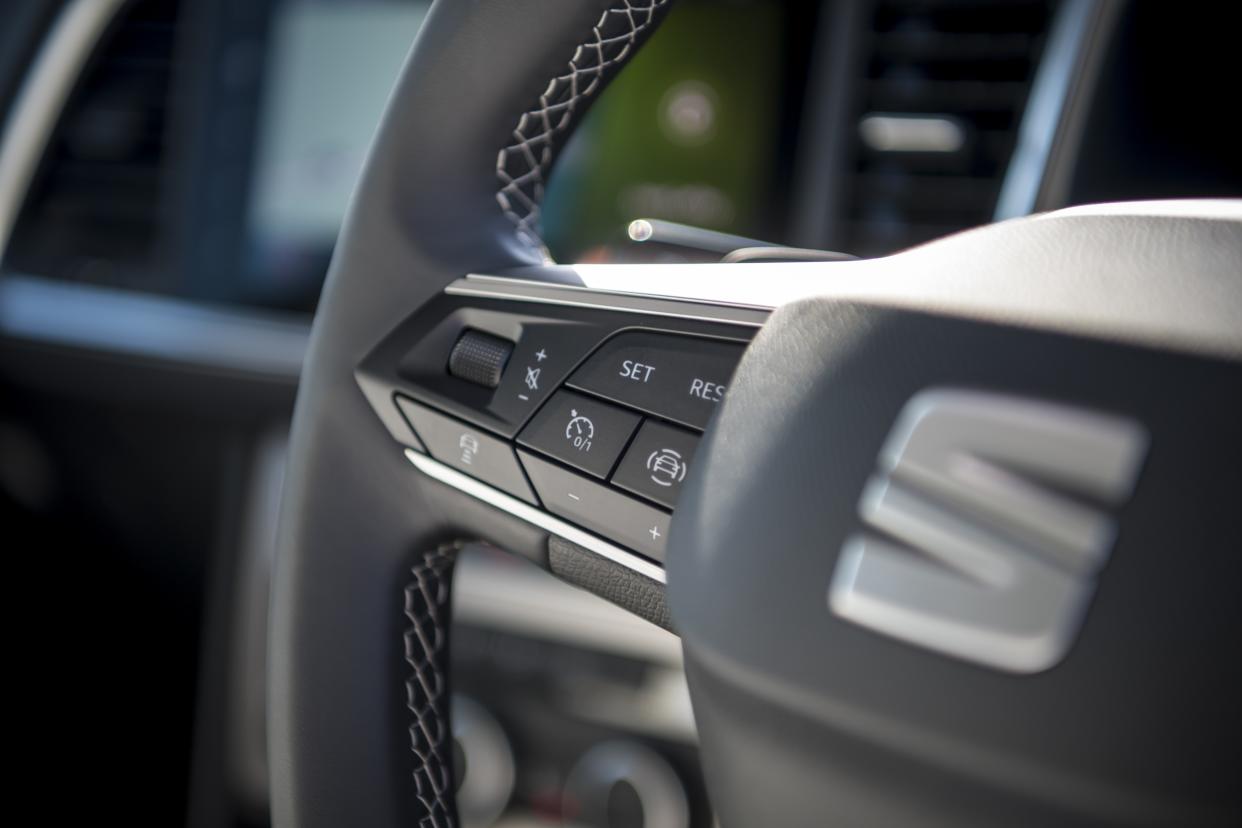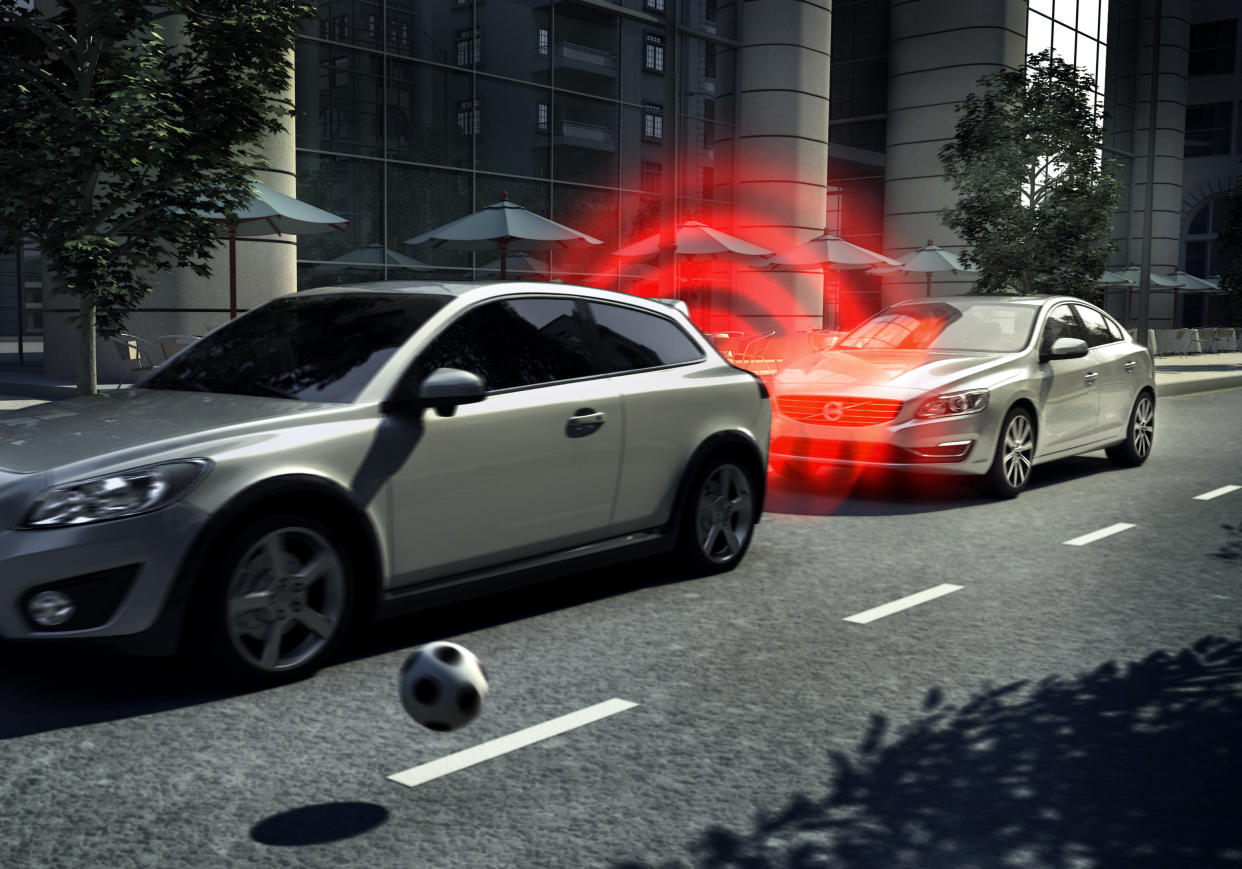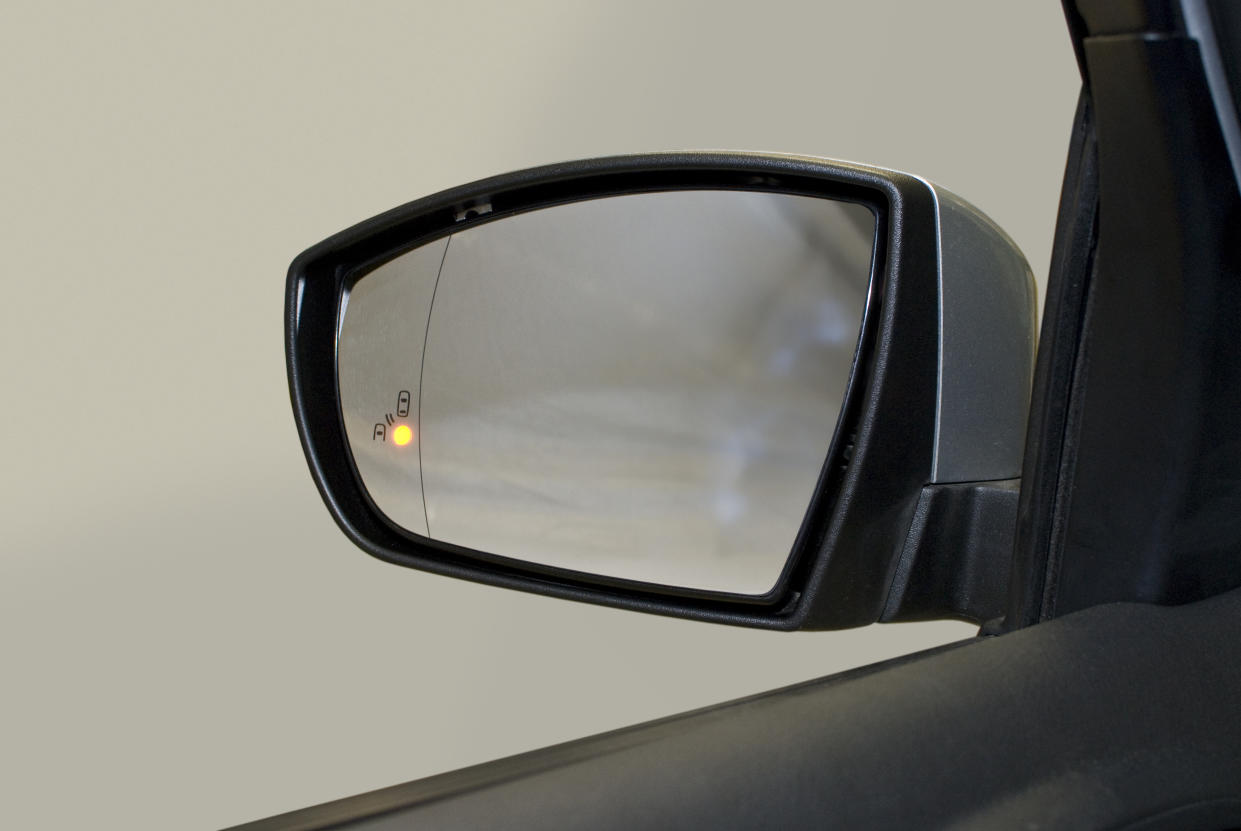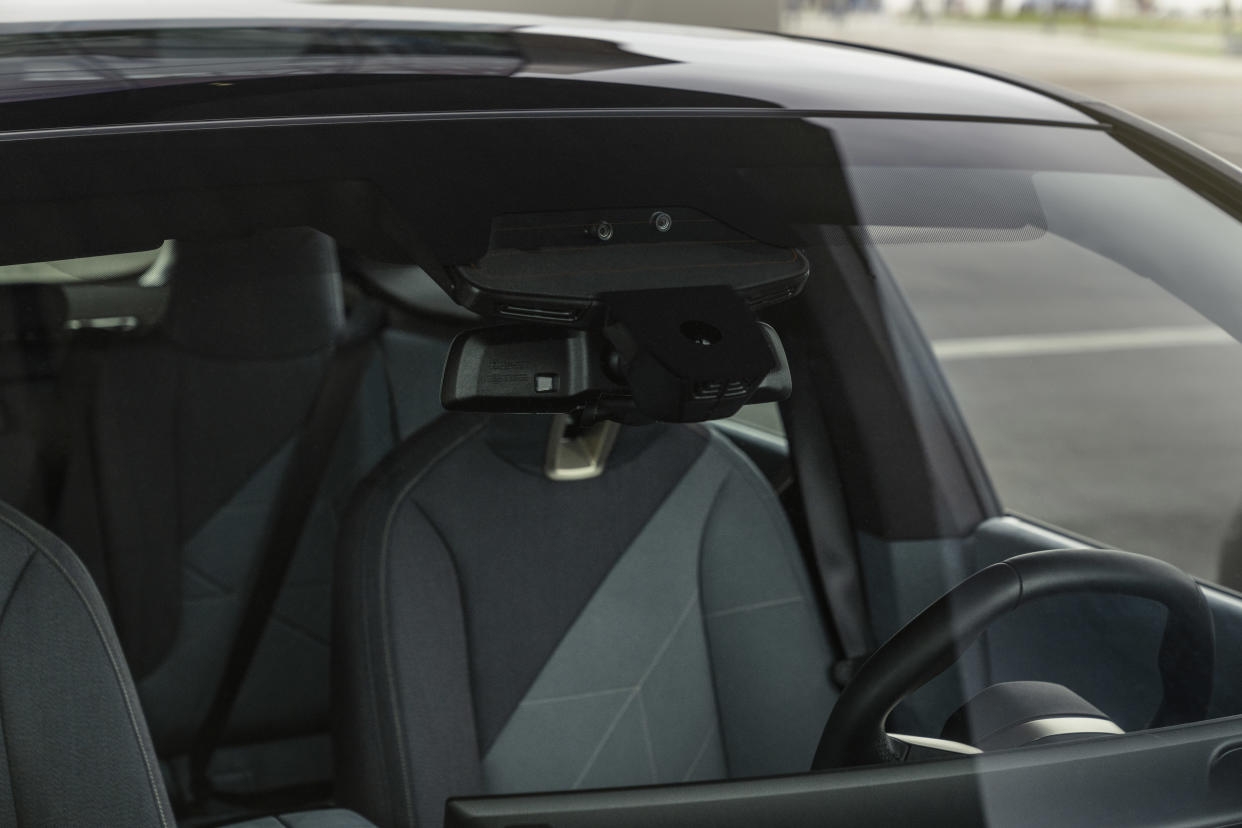Assistance systems: What are they and what do they do?
Assistance systems are a core part of how modern cars keep their occupants as safe as possible. You might have noticed that terms like ‘assisted driving’ have started to become more commonplace in the motoring industry, but actually deciphering what these systems do can prove to be a little confusing.
So let’s dive in and take a look at some of the key assistance systems you need to know about.
Adaptive Cruise Control

Adaptive cruise control takes the fundamentals of the tried-and-tested system and takes things one step further. So whereas standard cruise control is locked at the desired speed, adaptive systems can speed up or slow down the car depending on traffic and the route.
For instance, if you’ve set the system to maintain 70mph on the motorway but a slower car moves out in front of you, the vehicle will automatically slow down before speeding up once that slower car has moved out of the way.
Autonomous Emergency Braking (AEB)

Autonomous Emergency Braking – or AEB – is a core part of assistance packages in new cars. In fact, Euro NCAP has this system as one of its key requirements for a car to achieve a five-star safety rating. The system works by monitoring the road ahead and can automatically apply the brakes should it believe that the driver isn’t responding quickly enough.
Plus, if a driver was momentarily distracted, the system can prevent an accident from taking place.
Blind spot warning

The blind spot warning system helps to solve a problem that’s quite a common issue while driving – losing a vehicle in your ‘blind spot’. It works by using radar sensors to ‘see’ cars moving into your blind spot and will light up a small indicator in the side mirrors to warn you.
Plus, if the driver goes to indicate with a vehicle still in the blind spot, these lights will flash to alert them.
Electronic stability control (ESC)
Electronic Stability Control – or ESC – has actually been around for a little while now. It works in conjunction with the anti-lock braking system to detect when a slide is beginning to happen. By applying small amounts of braking force it can help the driver to keep control of the vehicle.
This could occur during wet weather, for instance, or when the driver is taking evasive action.
Forward Collision Alert

A car’s Forward Collision Alert system, much like others here, relies on forward-mounted radars to detect the distance from the vehicle in front. If it finds that the car ahead is slowing down quickly and that the driver isn’t doing enough to slow down appropriately, it will sound an audible warning and flash an alert on the main screen.
This is a particularly useful function on motorways where traffic can very quickly – and unpredictably – slow down.
High beam assist
High beam assist works to provide the best possible illumination at night without dazzling other road users. It operates by automatically switching between main and dipped beams, changing between the two seamlessly and without any driver intervention.
Some cars even have the capability of leaving the light on full beam, with the system automatically ‘splitting’ the light so that oncoming road users can still see.
Lane Departure Warning
Lane Departure Warning is a system designed to prevent people from straying into other lanes accidentally. It’s able to ‘see’ the white lines in the road and will automatically sound a warning should it detect the car straying over it without the indicators being activated.
Most versions of this system use a camera mounted just in front – or even attached to – the rearview mirror.
Lane Keep Assist System (LKAS)
The Lane Keep Assist System has been a hot topic of late as it’s one of the ways in which a car can effectively ‘steer’ itself. It has the same features as the Lane Departure Warning system, but if it notices that the car is going off-course it’ll automatically ‘steer’ the vehicle back into the lane.
However, this is far from ‘self-driving’. The driver must have their hands on the wheel at all times, for instance, and the system will automatically sound an alert if it thinks that the driver isn’t in full control of the vehicle.
Rear Cross-Traffic Alert
Rear Cross-Traffic Alert is a system that is becoming far more commonplace in vehicles these days as it’s an exceptionally useful bit of technology. It can help when reversing out of relatively blind spaces where you’re unable to clearly see if the road is clear to either side of the vehicle.
If, for instance, it detects a vehicle approaching from the side it’ll sound an alert for the driver. Again, it uses rear-mounted sensors to achieve this.


